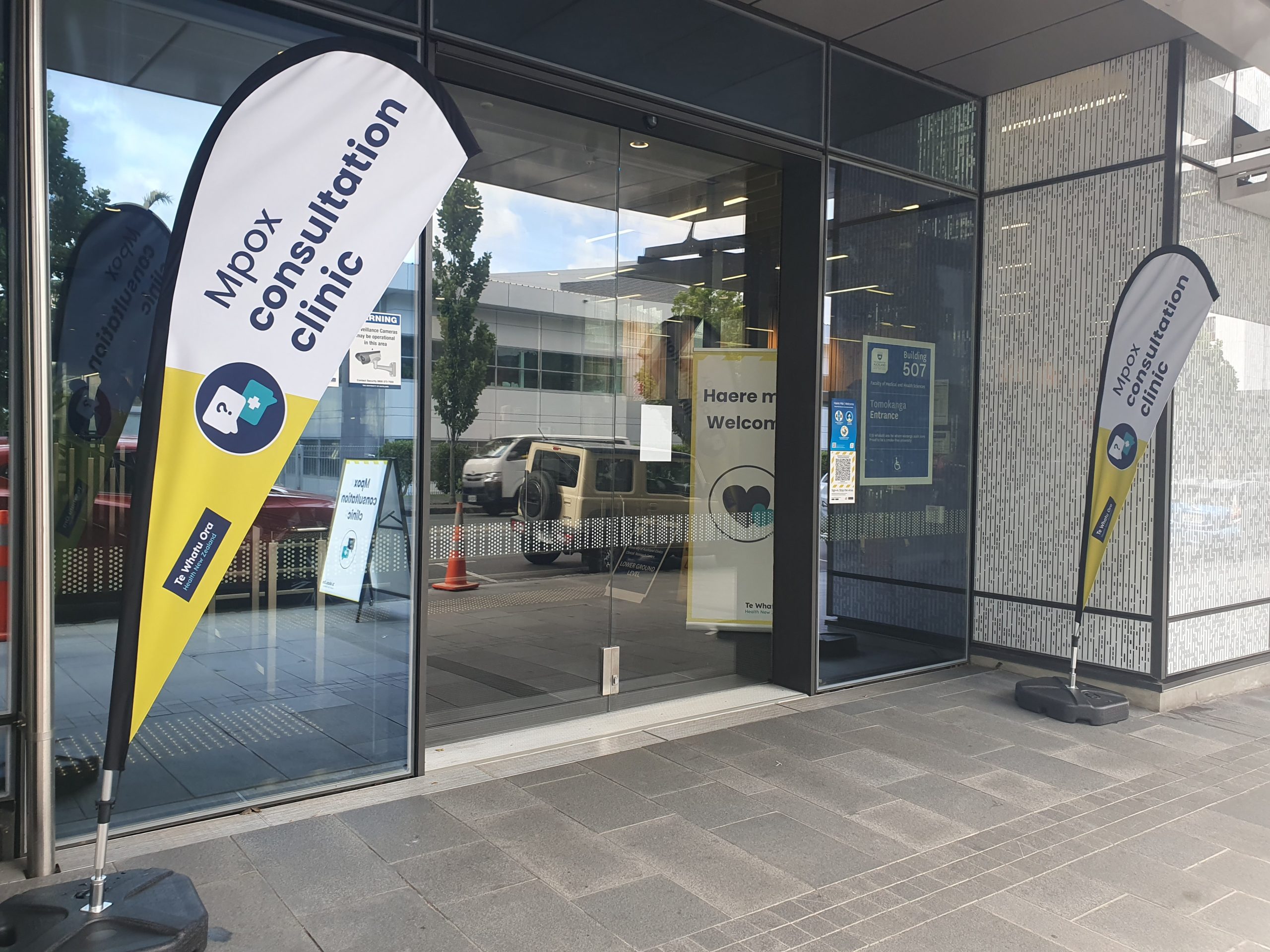
February 28, 2025, by Brigitte Nerlich
Mpox 2022: Lived experience, stigma and coping
Mpox is a disease that is caused by infection with a virus called MPXV. There are two major genetic groups (clades) of MPXV, clade I (formerly known as Central African or Congo basin clade) and clade II (formerly known as West African clade).
In the last few years, two outbreaks made the news, one in 2022, caused by a clade II virus and one in 2024, caused by a clade I virus. In both cases the World Health Organisation declared them a Public Health Emergency of International concern (PHEIC).
The 2022 outbreak
The 2022 outbreak “marked the first incidence of widespread community transmission outside of Africa” (wiki). It swept around the globe just after the Covid pandemic began to wane and, on this occasion, the disease appeared to disproportionately affect gay, bisexual and other men who have sex with men (GBMSM). As one article said: “While MPOX infection is not limited to gay, bisexual, and other men who have sex with men […], the outbreak has become an additional source of stigma and discrimination for them.” This posed communication problems around how to inform people without stigmatising.
Just after mpox emerged here in the UK in 2022, I wrote a post in which I tried to get the disease, then still called ‘monkeypox’, clear in my mind. I talked about naming and stigmatisation, pandemic preparedness and disease management, vaccination, confusion and hesitancy, information, disinformation and misinformation, and science and uncertainty.
Article
My colleague Rusi Jaspal, an expert on HIV prevention, HIV care and mental health, and I thought that writing a longer article about it all was in order, focusing on both lived experience of mpox in this newly affected community and lived experience of communication issues.
It took a while to get the article published, but it eventually appeared first online at the end of 2024 and is now available open access: “Mpox in the news: social representations, identity, stigma and coping”. Medical Humanities 2025;51:161-171.
Analysis
Using qualitative thematic analysis and social representations theory, we analysed a corpus of 91 items from a variety of news outlets that included GBMSM community members’ personal accounts of living through an mpox outbreak.
The aim was to study the various ways in which members of a marginalised group created social representations of mpox and to ascertain whether these challenged older representations related to HIV and AIDS and newer ones related to COVID-19.
Social representations
Social representations emerge when people try to understand abstract, complex or novel ideas or phenomena, in this case a new disease, by linking them to familiar experiences and imagery. Two processes are of particular importance, namely ‘anchoring’ and ‘objectification’, where anchoring connects unfamiliar concepts or phenomena to existing knowledge and objectification transforms abstract ideas into concrete tangible ones, for example by using metaphors, personification or ontologisation – attributing physical characteristics to something non-physical.
We found that commentators anchored mpox to known, culturally accessible phenomena, for example AIDS or Covid, to render this previously unfamiliar disease familiar; objectified aspects of mpox, especially pain, through emotive language, making it ‘real’ and psychologically tangible; personified it by linking it to accounts of celebrity activists; and ontologised it through visually vivid descriptions.
Stigma
Challenging stigma was a cross-cutting theme in people’s accounts. In contrast to the stigmatising imagery of health issues affecting GBMSM, these accounts contribute to the development of social representations designed to challenge such stigmatisation, which, in the contexts of HIV and AIDS and COVID-19, has hindered effective medical interventions, promoted misinformation and fuelled denigration.
Overall, we found that anchoring and objectification were used in personal accounts with one overarching outcome: to challenge the stigma associated with mpox and those affected by it. Commentators from the GBMSM community engaged in active resistance of existing and emerging social representations that stigmatised their sexuality in the context of mpox and created their own competing social representations.
Lived experience, coping and communication
GBMSM commentators with lived experience became people with an authentic and trusted voice in the community. They undoubtedly had the capacity to promote coping and proactive health behaviours among others from their community infected with or at risk of mpox. Their objective was to encourage testing and treatment among those with symptoms.
Mpox has not disappeared, especially in Central Africa. It is therefore essential that community members use their voice and be given the space to do so. This will decisively shape the social representations that emerge and persist in the context of mpox, and potentially in future disease outbreaks.
Image: A pop-up monkeypox consultation clinic and vaccination centre in Grafton, Auckland, New Zealand.
No comments yet, fill out a comment to be the first

Leave a Reply